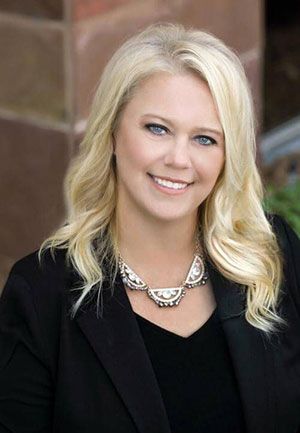Creating a living trust is one of the most powerful steps you can take to protect your loved ones from the costs, delays, and stress of probate. But even the best-drafted trust can fail if it isn’t properly funded, that is, if your assets aren’t correctly titled in the name of your trust or don’t have designated beneficiaries.
Unfortunately, we’ve seen many situations where families face unnecessary court proceedings simply because a few accounts weren’t properly handled.
A Common (and Costly) Example
Consider this all-too-common scenario: a person has a fully executed living trust and takes the right steps including titling their home into the name of the trust. Later, they sell their home and deposit the proceeds, for example, $1,000,000, into a new bank account. However, the account is opened in their individual name, not in the name of the trust, and no beneficiary is listed.
When that person passes away, their family assumes everything is covered by the trust, only to learn that this account is outside of it. As a result, those funds must go through probate, even though the trust was supposed to avoid that process entirely.
The Real Cost of Probate in California
Probate in California is expensive because statutory fees are calculated based on the gross value of the estate, not what’s left after debts or mortgages. Here’s what a $1,000,000 estate looks like under the statutory fee schedule (California Probate Code §10810):
- Attorney’s fees:
4% of the first $100,000 = $4,000
3% of the next $100,000 = $3,000
2% of the next $800,000 = $16,000
Total attorney’s fees = $23,000 - Executor’s fees:
The executor (personal representative) is entitled to the same statutory amount.
Executor’s fees = $23,000 - Court costs, appraisal fees, and other expenses:
Typically another $3,000–$6,000
Estimated total probate cost: around $45,000–$50,000, plus 12–18 months of delays before assets are distributed to heirs.
And remember, these fees are based on the gross value, meaning even if an asset in the name of the decedent had debt against it, it’s the gross value of the asset that the probate court looks at to calculate the probate fees
When There’s Still Hope: The Heggstad Petition
If, however, the property or account was at least listed on the trust’s Schedule of Assets, there may still be a way to bring those assets into the trust without going through a full probate. In California, the successor trustee or executor can use the pour-over will and the trust schedule to file what’s known as a Heggstad petition (named after the 1993 case Estate of Heggstad).
A Heggstad petition asks the probate court to confirm that an asset belongs to the trust, even though legal title was never formally transferred during the person’s lifetime. In other words, if the decedent clearly intended the asset to be part of their trust, as shown by its inclusion on the trust schedule and by executing a pour-over-will, the court can “pour” that asset back into the trust.
While this still involves going to probate court, it’s usually much less costly, faster, and simpler than a full probate proceeding. A typical Heggstad petition can often be resolved within a few months and for a fraction of the cost of a traditional probate, which can save the family thousands of dollars and considerable stress.
That said, the best practice is always to properly title your assets in the name of the trust from the start, because even a Heggstad petition requires time, court involvement, and attorney’s fees that could have been avoided entirely.
The Lesson: Keep Your Trust Funded
Your trust is only as effective as the assets connected to it. Funding your trust isn’t a one-time event, it’s an ongoing responsibility. Every time you open a new account, buy or sell property, or change financial institutions, it’s important to make sure those assets are titled correctly.
Here are key steps to avoid costly mistakes:
- Open new accounts in your trust’s name.
Example: “Jane Doe, Trustee of the Jane Doe Living Trust dated January 1, 2020.” - Use beneficiary designations when appropriate.
For life insurance, IRAs, and similar assets, name your trust or loved ones directly as beneficiaries (depending on your estate plan). - Review your assets regularly.
Meet with your estate planning attorney every few years or after major life changes to confirm your trust is fully funded.
Protecting Your Legacy
A well-crafted trust can save your loved ones tens of thousands of dollars and months (or even years) of stress. But only if it’s funded properly. Taking the time to review account titles and beneficiary designations now can make all the difference later.
If you, a friend, or a loved one needs help establishing or updating an estate plan, or if you’re unsure whether your assets are correctly aligned with your trust, we’re here to help. Contact our Intake Department at 760-448-2220 or visit us online at www.geigerlawoffice.com/contact.cfm. We proudly serve families across California from our offices in Carlsbad (San Diego County) and Laguna Niguel (Orange County).

